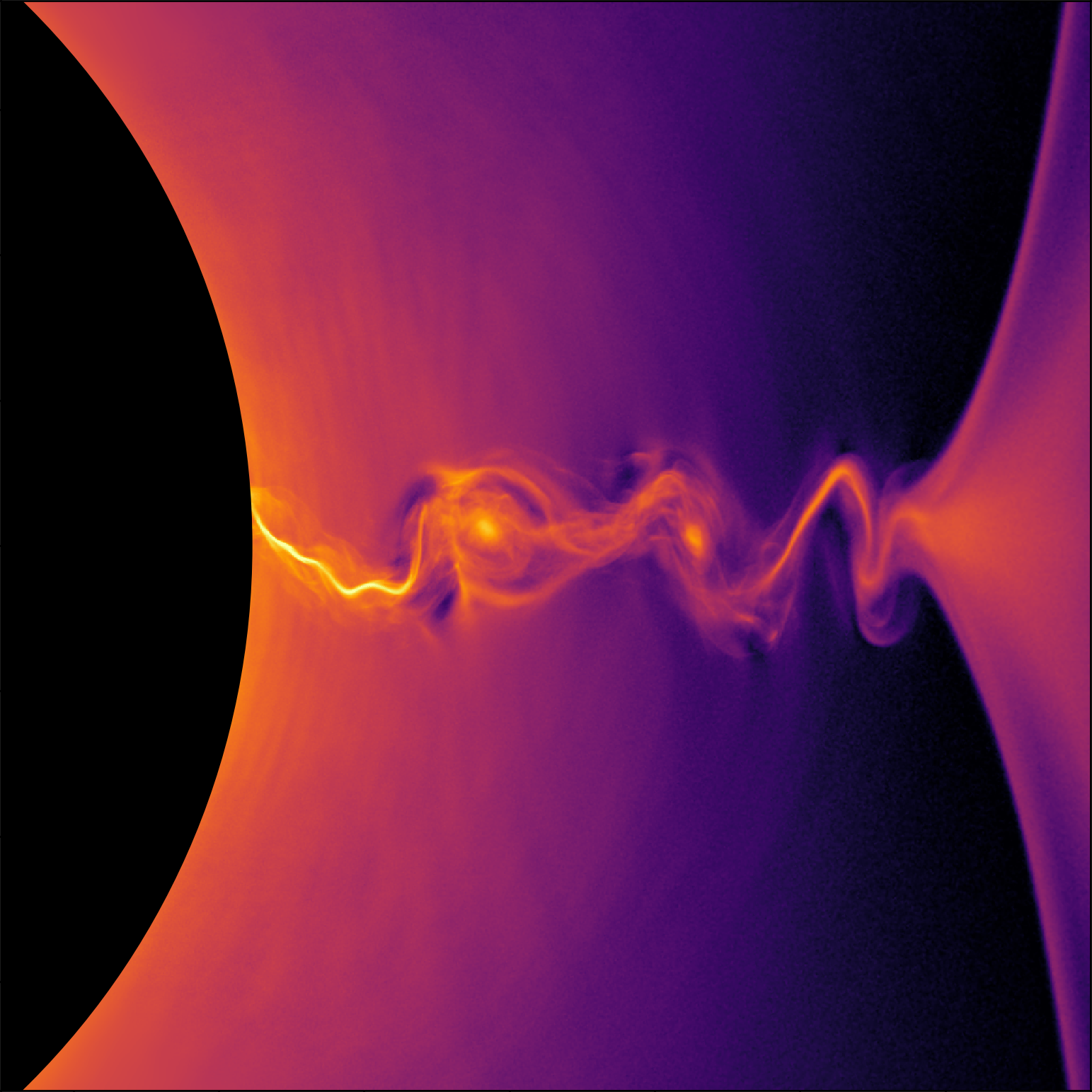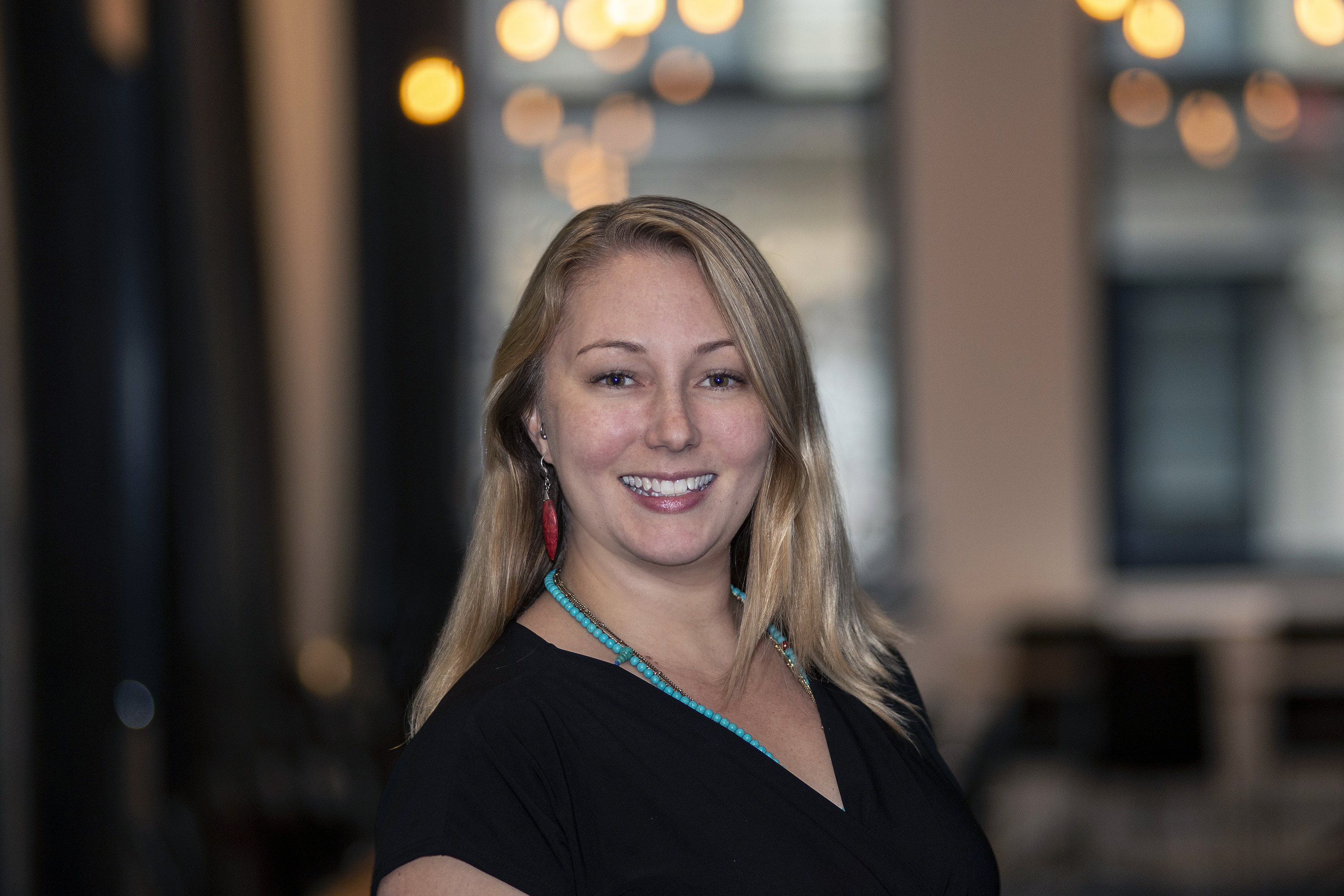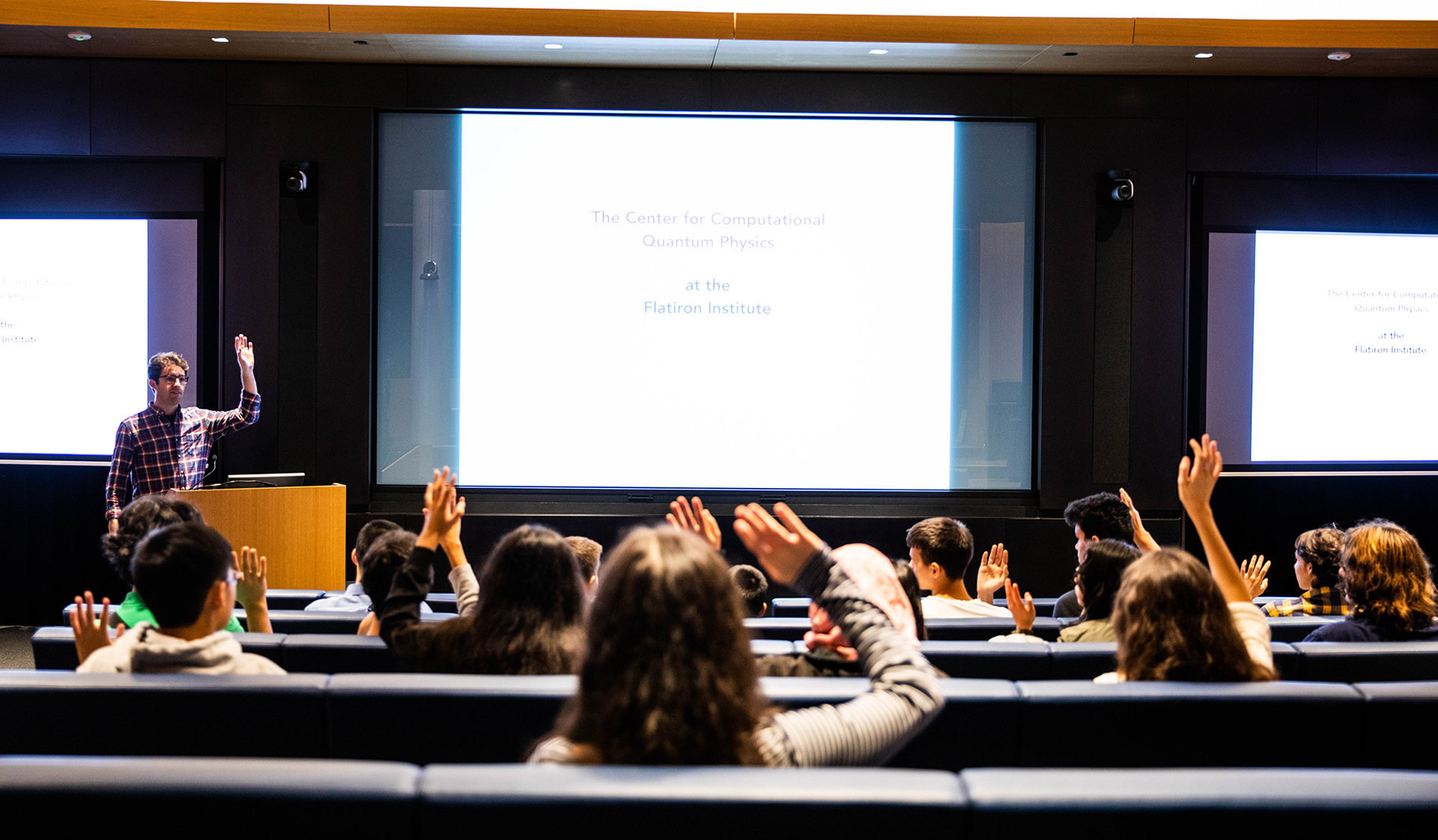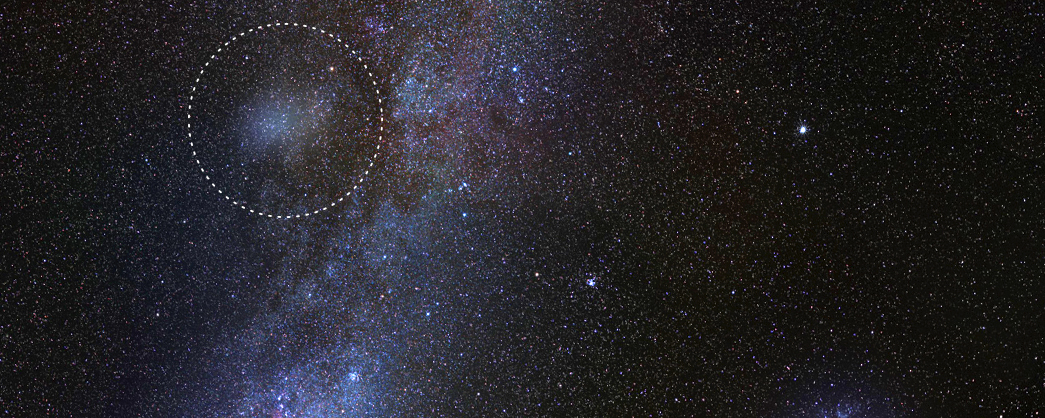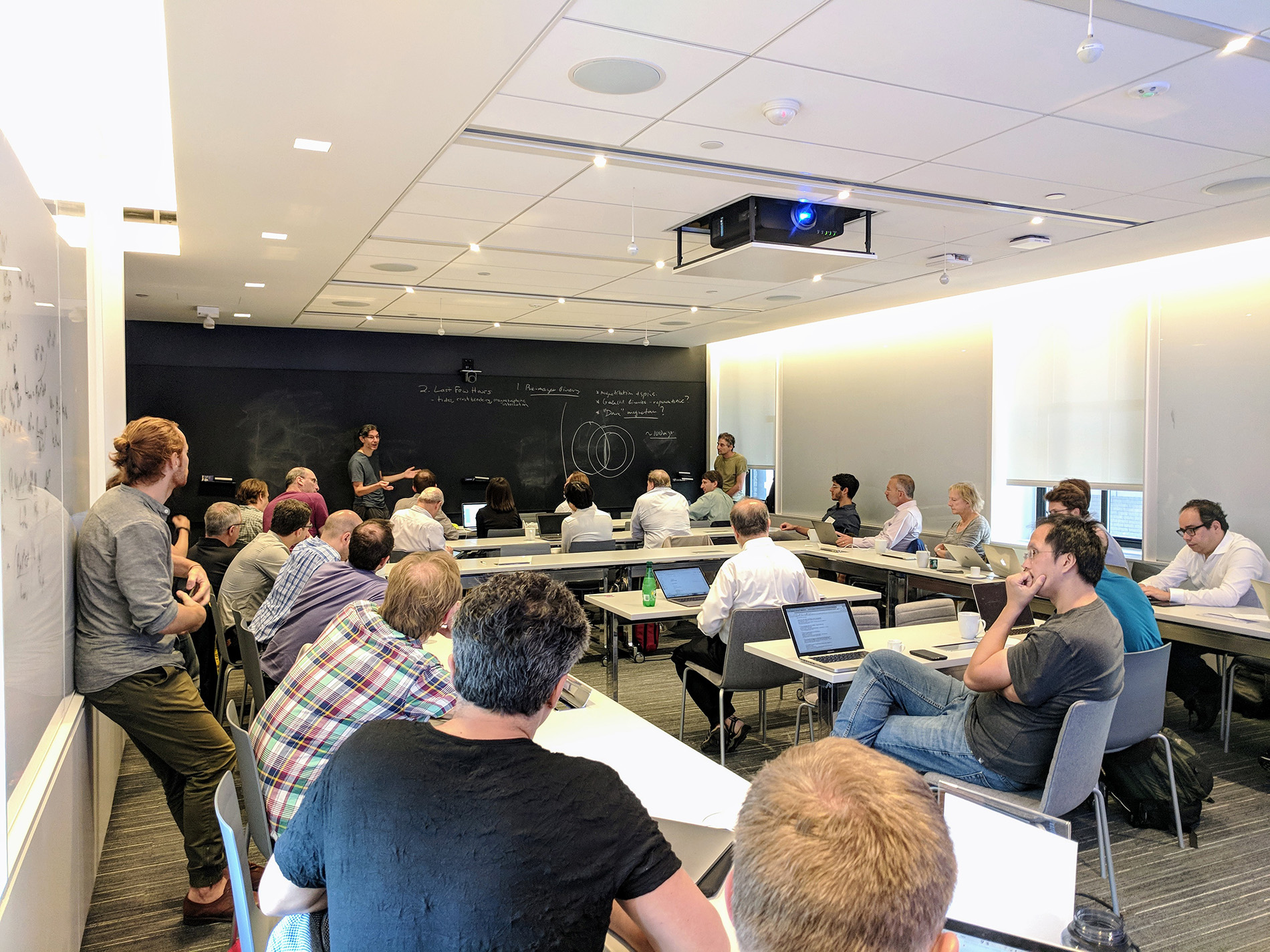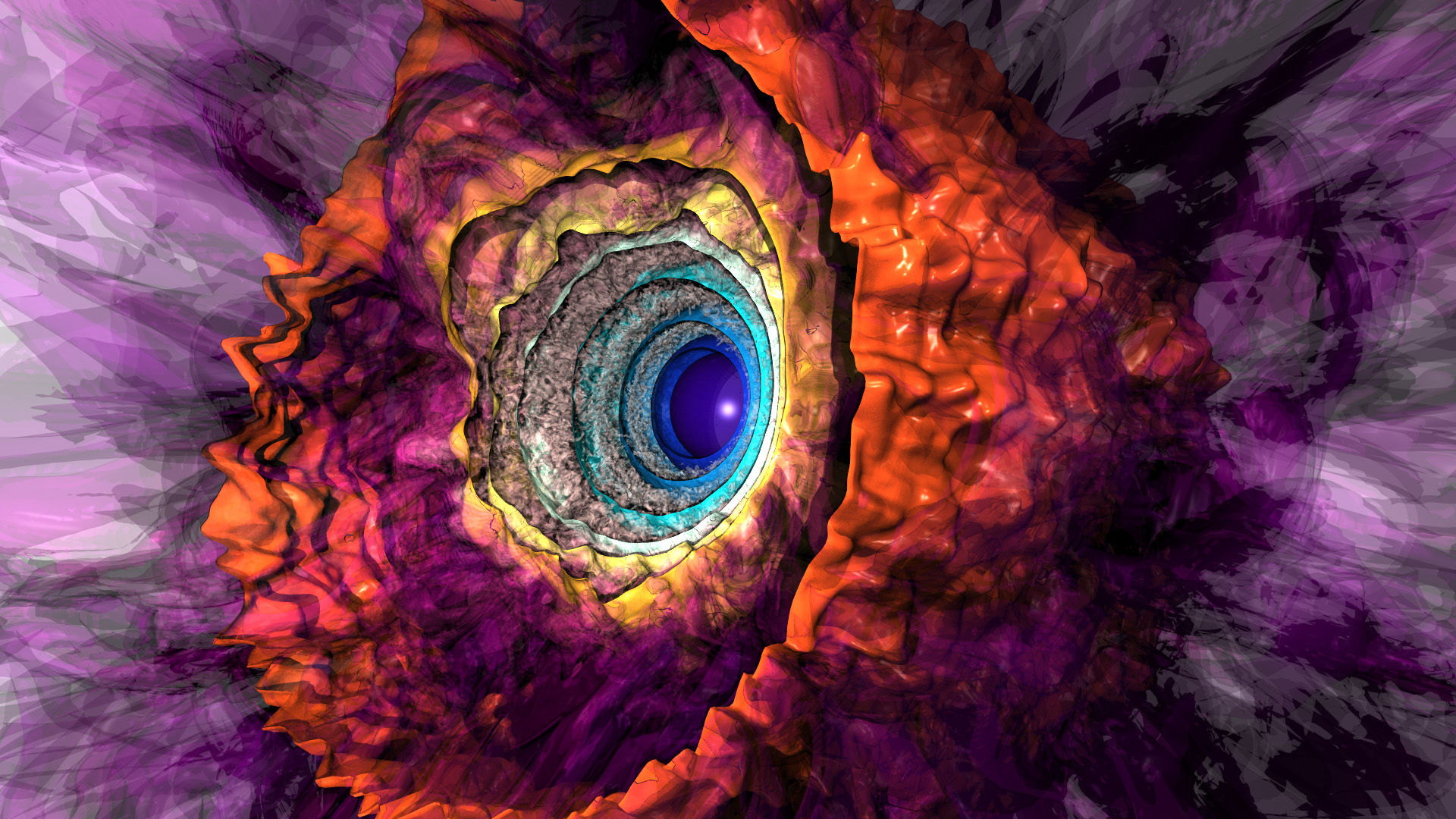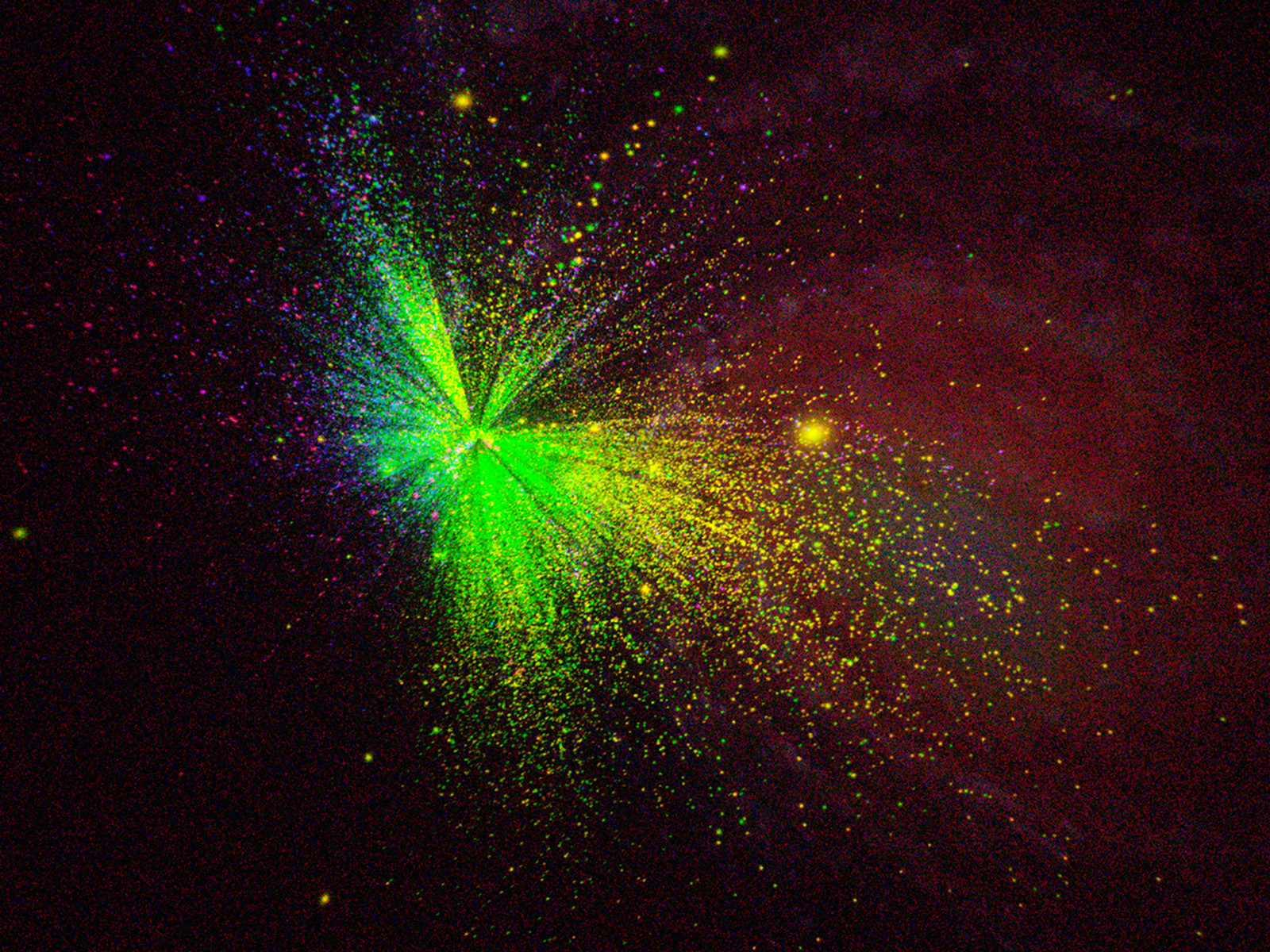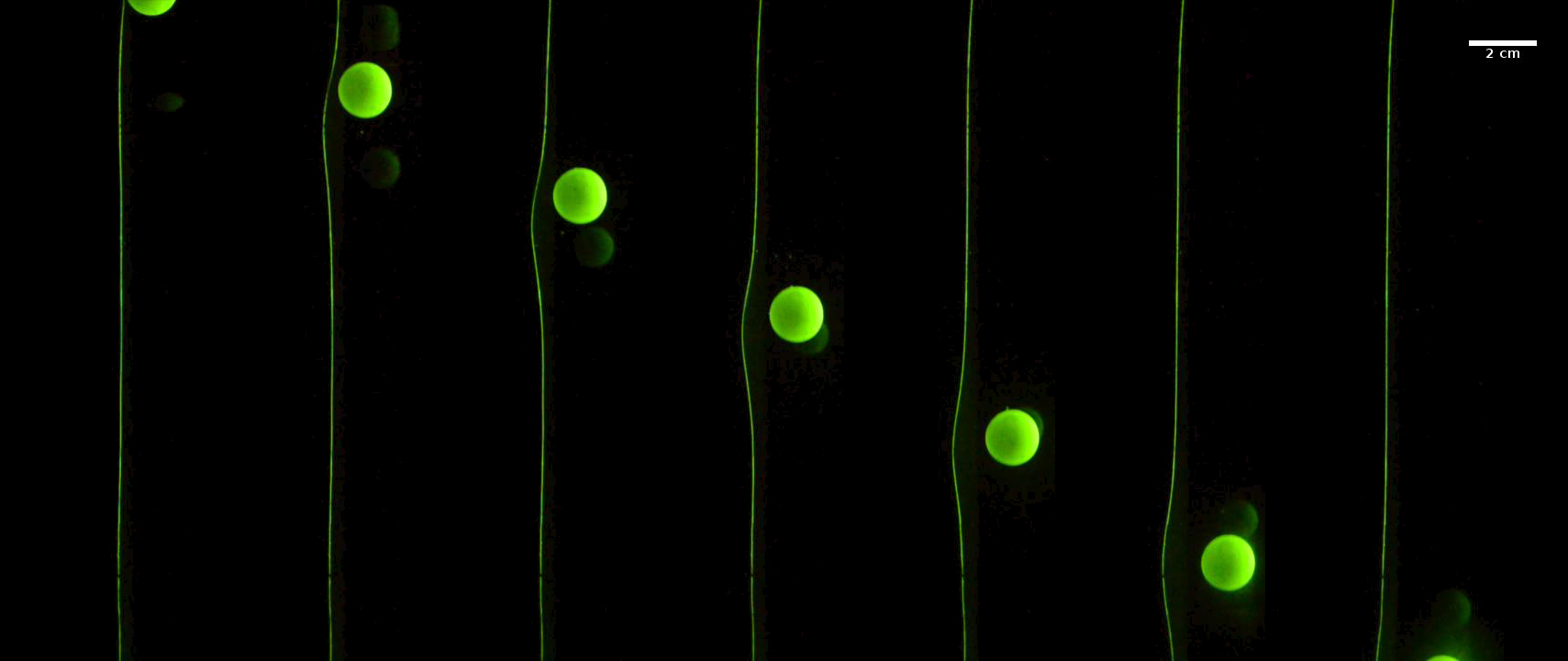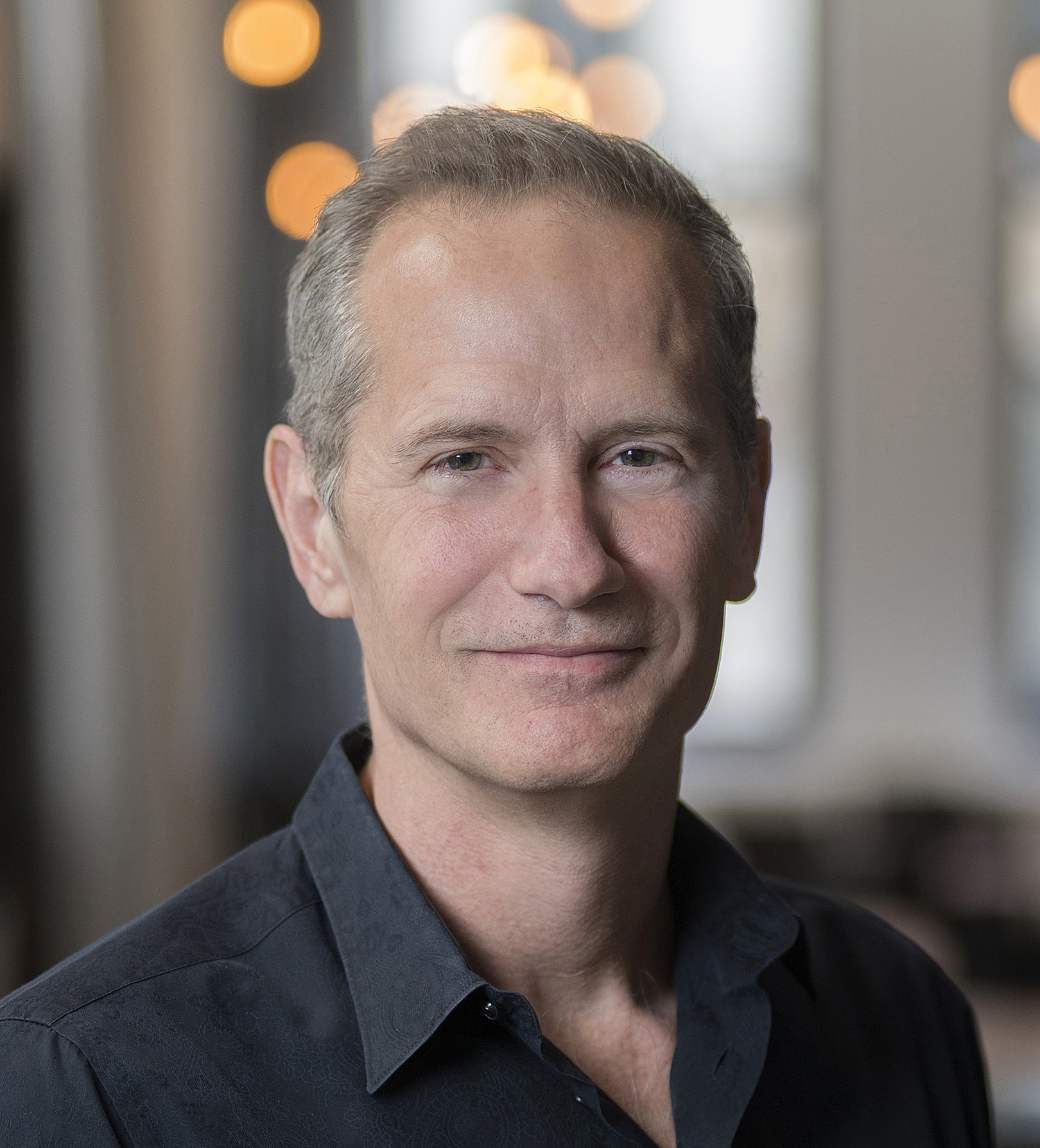
Michael Shelley Named Director of Center for Computational Biology
Simons Foundation, April 2019The Simons Foundation is delighted to announce Michael Shelley as the new director of the Flatiron Institute’s Center for Computational Biology (CCB). Shelley, a distinguished applied mathematician, will lead the center in its mission of better understanding complex biological processes through the development and application of computational tools and theory.
